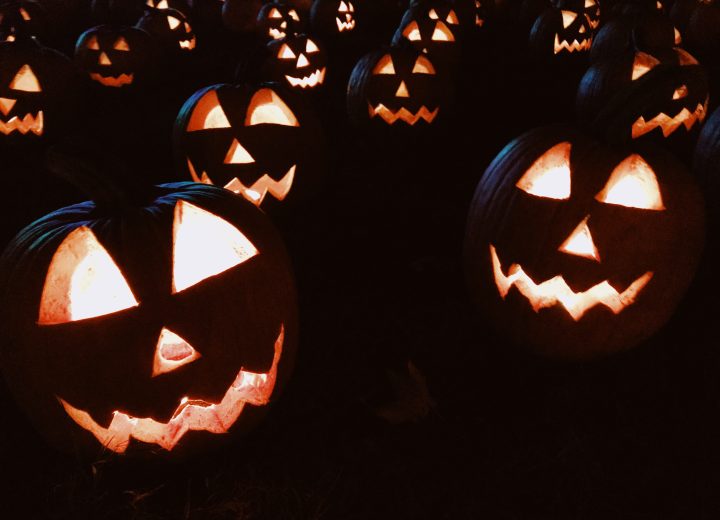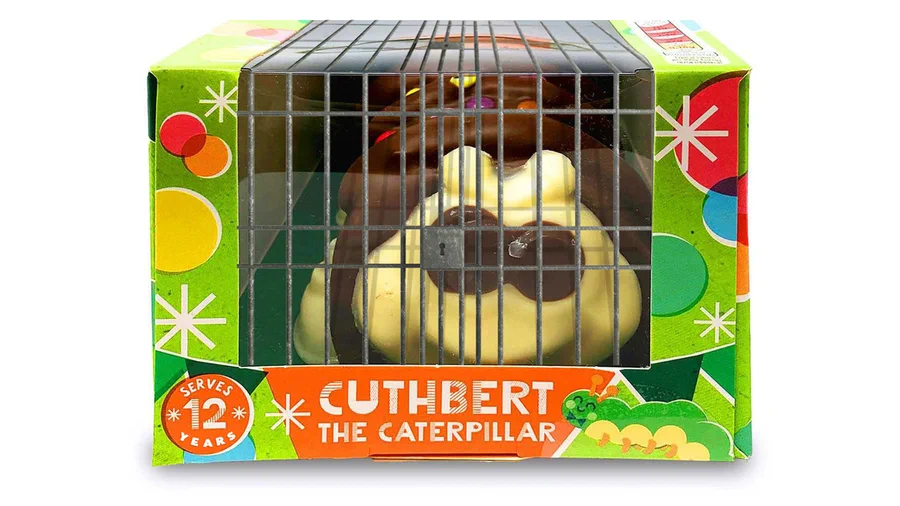National Days: Essential for Engagement or Social Media Gimmicks?
Christmas Day, Easter Sunday, and even Cinco de Mayo…we all know about these famous holidays and celebrations, but are you keeping track of which national day is the latest hot topic on social media? Will you be celebrating Second Cousins Day or donning fluffy bunny slippers for Wear your Pajamas to Work Day? (Yes, these days actually exist…!)
National days are a renowned way to boost your social media strategy and engage with both your target audience and other businesses simultaneously. It’s a great approach that allows you to get more creative with your copy and put your design skills to good use by producing content that might not be the norm for your brand. More often than not, you can also help raise awareness for important charities and networks in the process.
But is this strategy as useful as it purports to be in terms of boosting engagement, or are some crazily specific days just another social media gimmick? Take a look at our advice below to find out how to use national days in your communications plans like a PR pro:
- 1) Do your research
Everyone knows about the ‘official’ national days because they are integrated into our personal calendars as well as our social media calendars. From Hallowe’en to Hanukkah, there are great official days that all businesses can support in one way or another. However, if you’re looking for a day relating more specifically to your brand’s work, image, or messaging, it’s best to do your research first. We recommend using the following sites to discover legitimate dates:
It’s also worth searching for industry or region-specific calendars for your brand – for example, universities and local councils often publish their own versions.
You could even pull a great PR stunt by creating your very own national day based on your brand…who says it can’t become official, especially if you create enough hype about it?
- 2) Choose your days wisely
Although national days may be an obvious way to amplify your social calendar, overusing them can cause your audience to disengage from your brand and maybe even view the concept as gimmicky. One to two relevant days per month should really be used as a maximum, as long as there is a strong enough link between the brand and the celebration. Don’t post for the sake of posting! For example, you probably wouldn’t see a high street fashion brand creating a tenuous link to national Brussel sprouts day…
- 3) Dos and Don’ts
Do make sure the day relates to your brand and provides an interesting conversation starter for your audience. Do
choose a day that allows you to express the best side of the brand’s personality, and do your research ahead of schedule so you have enough time to plan: do you need to create graphics, run a competition, write an article, or film a video?
Don’t choose a day that could interrupt any current marketing plans or campaigns, and don’t pick a theme that is controversial or runs the risk of bringing negative responses.
- 4) React, engage, and be personal
Remember, you can still engage with awareness days without posting directly from your brand, and still receive lots of engagement and positive press in the process. Nowadays we see plenty of brands utilising reactive marketing on social media by tailoring their responses to the hot topic of the moment. Whether it’s reaching out to a charity on their awareness day and offering your support, or simply providing entertainment value by replying cheekily to a rival brand, you can join the conversation and make sure your business stays memorable. Audiences love to see a brand with personality! One of our favourite examples was the iconic Cuthbert vs Colin the Caterpillar social media phenomenon during which Marks & Spencer attempted to take legal action against Aldi UK for infringing the copyright of their renowned caterpillar celebration cake. Aldi’s response?
(Credit: AldiUK Twitter status)
And finally, since Halloween is here, we couldn’t help but jump on the national day hype by sharing some of the best brand reactions to the spooky season:
Bedguru’s Monster-Proof Bed
Complete with everything you need to keep the ghouls away at Hallowe’en and aptly priced at £666, this campaign truly embodied the spirit of All Hallows Eve by addressing children’s fears of monsters under the bed. Take a look at their idea here: proof-kids-bed
WD40’s Creaky Door App
WD40 hit the nail on the head with their Hallowe’en campaign in 2016, in which they released a specially designed app that would make the doors in your house sound haunted and creaky when opened. The company, which is known for products that stop door creaks in their tracks, ironically explained that once downloaded, the app should be left running on a phone which can be hung in a bag from a door handle; then the next time someone opens the door, one of three spooky squeaking sounds will be played, adding a haunted house feel to your home for Hallowe’en. Definitely a great way to flip customer expectations on their head!
Airbnb’s Dracula Holiday
Airbnb ran a Hallowe’en competition which gave entrants the chance to win their very own Dracula experience…if they dared! The prize was flights to Romania for two, along with food and drink included (we hope they went easy on the garlic) and a night in the famous Bran Castle in Transylvania where they could even sleep in gothic-style coffins just like the vampire himself…
If you would like more help with your social media strategy, get in touch with the Shooting Star team.
MH











